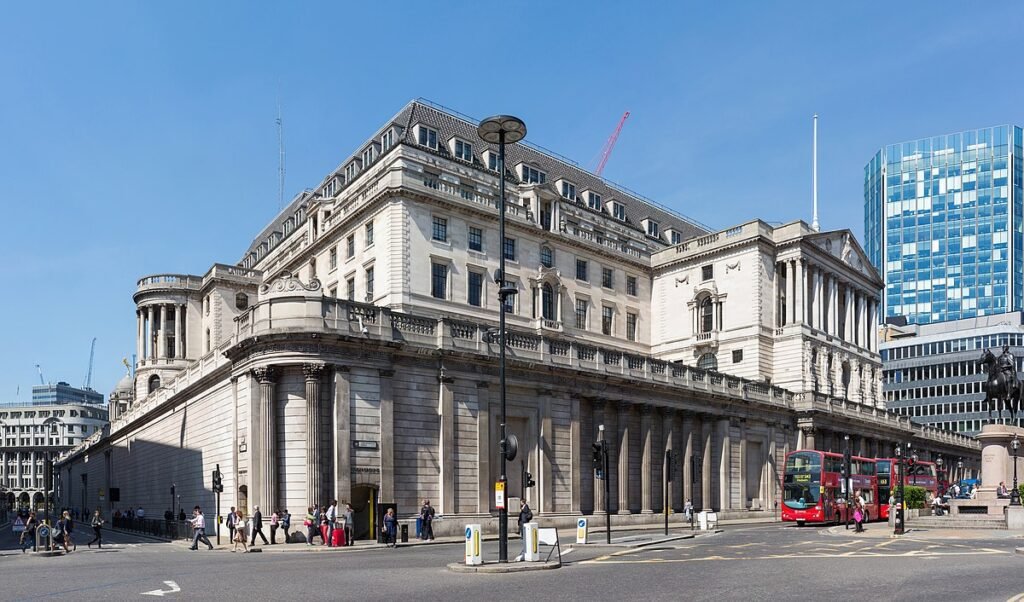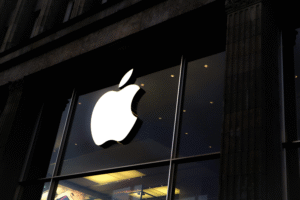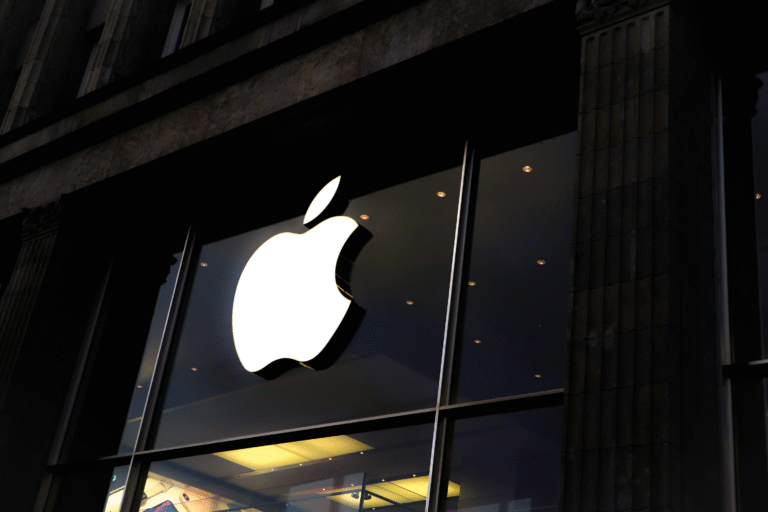In what is poised to be an interest rate cutting move, it seems the Bank of England would cut its base rate from the current 4.75 percent to 4.5 percent in the scheduled meeting this Thursday. This development comes in light of the Bank of England after December’s slightly softer inflation rate and the need to address stagnating economic growth. With this potential move, the central bank will record its third rate cut since rates peaked at 5.25% back in August 2023, yet another significant policy flip as the country struggles through a complex economic scene.
Market sentiment appears to be solidly behind this expected cut, with probabilities over 90% based on current pricing. Investors and analysts alike are paying close attention to the situation, as while the rate cut is widely expected, there is still some caution about the broader economic outlook. In particular, the debate continues on whether lowering the interest rate further might eventually be limited by upward pressures on inflation.
According to Susannah Streeter, head of money and markets at Hargreaves Lansdown, “The scene has been set for a rate cut next week, with December’s dip in inflation and the flatlining economy taking centre stage.”. Three policymakers wanted the rate cut in the last round to boost growth, and the outlook is such that more should follow their lead next Thursday by voting for reduction. Her statement emphasizes the reason behind the some of the central bankers’ perception of consensus at this point-a fertile ground because of the very low inflation figures and the pretty slow economic conditions. The Bank of England hopes that by reducing the base rate, it will stimulate borrowing and investment, giving the broader economy a much-needed lift.

Laith Khalaf, head of investment analysis at AJ Bell, shared a similar view when discussing the upcoming decision. “This will be the first interest rate decision from the Bank of England in 2025, and chances are we’re going to start the year off with a cut to base rate. Economic signals have been weak, and services inflation has fallen back sharply since the last meeting of the MPC [monetary policy committee] in December, when three members of the committee voted for a cut to 4.5%. The market is pricing in 90% of a rate cut and that feels about right. There’s the potential for a surprise, but a minor one. Khalaf’s analysis underscores that recent economic data, particularly in the services sector, have dramatically altered the committee’s way of thinking to the point where it’s allowing a rate adjustment. The evident fall in services inflation is seen as an important indicator that monetary policy can be eased without causing a rush in price acceleration right away.
Even though inflation has tempered significantly from its high point above 11% in mid-2022—levels that were primarily supported by the energy price blow-up as a result of geopolitical regime change—there are signs that price pressures are indeed on the increase again. Recent readings indicate that inflation has edged up to around 2.5%, and some experts predict that this figure might break past 3% in the coming months. Michael Field, European market strategist at Morningstar, commented, “The probabilities do look quite high for a reduction on 6 February, and much of that optimism is founded on the last inflation reading. To me, these inflation adjustments are pretty small.”. Overall, at 4.75% in the UK, that looks way too high, given how far inflation has already fallen from the tops.” Field’s conclusion supports the view that the prevailing interest rate is disproportionate to the state of inflation and that lowering it further may align monetary policy with the present economic reality.
The crux of these debates is embedded in the far broader challenge of how to best handle a slowing down of economic activities. This has left the UK economy at a conjoint point of weak growth indicators and rising unemployment. Together, these factors have troubled the central bank. In this situation, an interest rate reduction is seen to be a proactive response undertaken in attempts to boost demand and, by doing so, foster investment. Financial institutions and market analysts are closely watching what consumers and businesses may do if borrowing is cheaper. While lower interest rates generally spur increased spending and investment, there is still a debate about the timing and scale of such cuts given persistent global uncertainties and domestic economic challenges.
Deutsche Bank has also weighed in on the potential outcome, suggesting that dissent within the Monetary Policy Committee might be minimal. The bank expects Catherine Mann, an acknowledged ‘hawk’ on the MPC, is likely to be the only opposition to the rate cut. As Deutsche Bank’s chief UK economist Sanjay Raja explained: “A quarter-point rate cut to 4.5% remains our base case.”. With growth slowing, unemployment rising and services inflation sinking below the Bank’s forecasts, a February rate cut seems all the more likely.” Raja’s comment captures the consensus view of several economic experts: the combination of falling growth, increasing unemployment, and softening services inflation creates a compelling case for easing monetary policy. His opinion does also give credence to the fact that isolated dissent exists notwithstanding the apparent collective opinion that prevailing economic circumstances deserve a downward policy shift on base rate.
Still, on that aspect of its dynamics and even consumer feelings regarding the change would influence market and, subsequently, the actual realization of such an effect from such a policy adjustment. If it is implemented, the rate cut is expected to have a variety of impacts from encouraging consumer spending to easing financing conditions for businesses. However, there is a delicate balance that needs to be maintained; lower rates can stimulate growth, but they may eventually contribute to inflation if not well managed. No doubt, the Bank of England is aware of such trade-offs and is taking its decision to cut rates in light of short-term economic needs, as well as longer-term concerns about price stability.
Analysts are also looking at global trends in the economy, aware that the UK’s monetary policy is increasingly shaped by what happens outside the country. The international economic landscape, marked by varying recovery speeds and different fiscal responses to recent global events, provides an important backdrop for the Bank’s decisions. With markets around the world experiencing fluctuations, the Bank of England’s cautious yet decisive stance on interest rates may serve as a signal to other central banks grappling with similar issues.
This is a turning point in the Bank of England’s policy cycle towards 2025. With policymakers now weighing slackening economic activity against the threats of future inflation, cutting interest rates can be seen as an effort to find a balance between growth support and the prevention of financial instability. However, how this is to affect the overall economic prospects of the United Kingdom will depend on the days ahead for investors and consumers alike.
While much remains to be seen in the wake of Thursday’s decision, the prevailing sentiment among analysts is one of cautious optimism. With the evidence of declining inflation and muted growth supporting the case for a rate cut, market participants are preparing for what may be a pivotal shift in the Bank of England’s approach to monetary policy in the early part of 2025.








